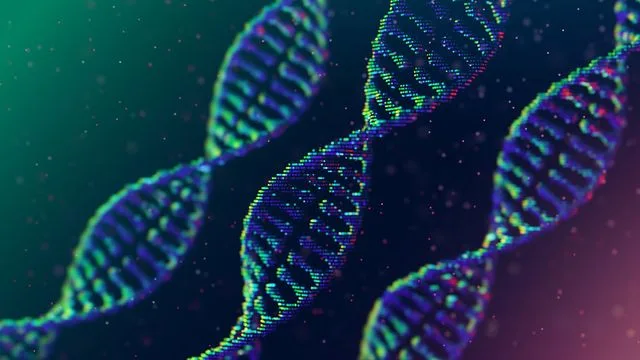Unlocking Bacterial Defenses: How CRISPR Protects Against Viruses
Bacteria, like all living organisms, face constant threats from viruses. To survive, they’ve evolved sophisticated defense mechanisms, and among the most remarkable is the CRISPR system. Recent research has shed light on how certain CRISPR-associated proteins, specifically Cat1 and Cam1, provide crucial protection against viral invaders.
Understanding CRISPR: A Bacterial Immune System
CRISPR (Clustered Regularly Interspaced Short Palindromic Repeats) is essentially a bacterial immune system. It allows bacteria to remember past viral infections and defend against future attacks. This defense relies on a combination of CRISPR-associated (Cas) proteins that work together to identify and neutralize viral DNA.
Cat1 and Cam1: Guardians of the Bacterial Genome
Researchers have been focusing on the specific roles of Cat1 and Cam1 proteins in CRISPR defense. These proteins possess unique structural features that enable them to effectively combat viral infections.
How Cat1 and Cam1 Work
- Targeting Viral DNA: Cat1 and Cam1 are believed to target specific sequences in viral DNA.
- Structural Proteins: These proteins’ unique structures are key to their function.
- Defense Mechanism: They likely work by disrupting the viral replication process or marking the viral DNA for destruction.
Further Research and Applications
Scientists are continuing to investigate the precise mechanisms by which Cat1 and Cam1 operate. A deeper understanding of these processes could lead to:
- Novel Antibacterial Strategies: Developing new ways to fight bacterial infections by enhancing their natural defenses.
- Biotechnology Applications: Utilizing CRISPR systems for gene editing and other biotechnological applications.
The Future of CRISPR Research
The discovery of Cat1 and Cam1’s role in CRISPR defense highlights the complexity and ingenuity of bacterial immune systems. Continued research in this area promises to unlock even more secrets about how bacteria protect themselves and could lead to groundbreaking advancements in medicine and biotechnology.
Final Overview
The ongoing exploration of CRISPR mechanisms, particularly the functions of proteins like Cat1 and Cam1, provides valuable insights into the intricate world of bacterial immunity. This knowledge has the potential to revolutionize our approach to fighting infections and manipulating genes for various applications. As we delve deeper into these microscopic battles, we uncover the remarkable adaptability and resilience of life at its smallest scale.




+ There are no comments
Add yours